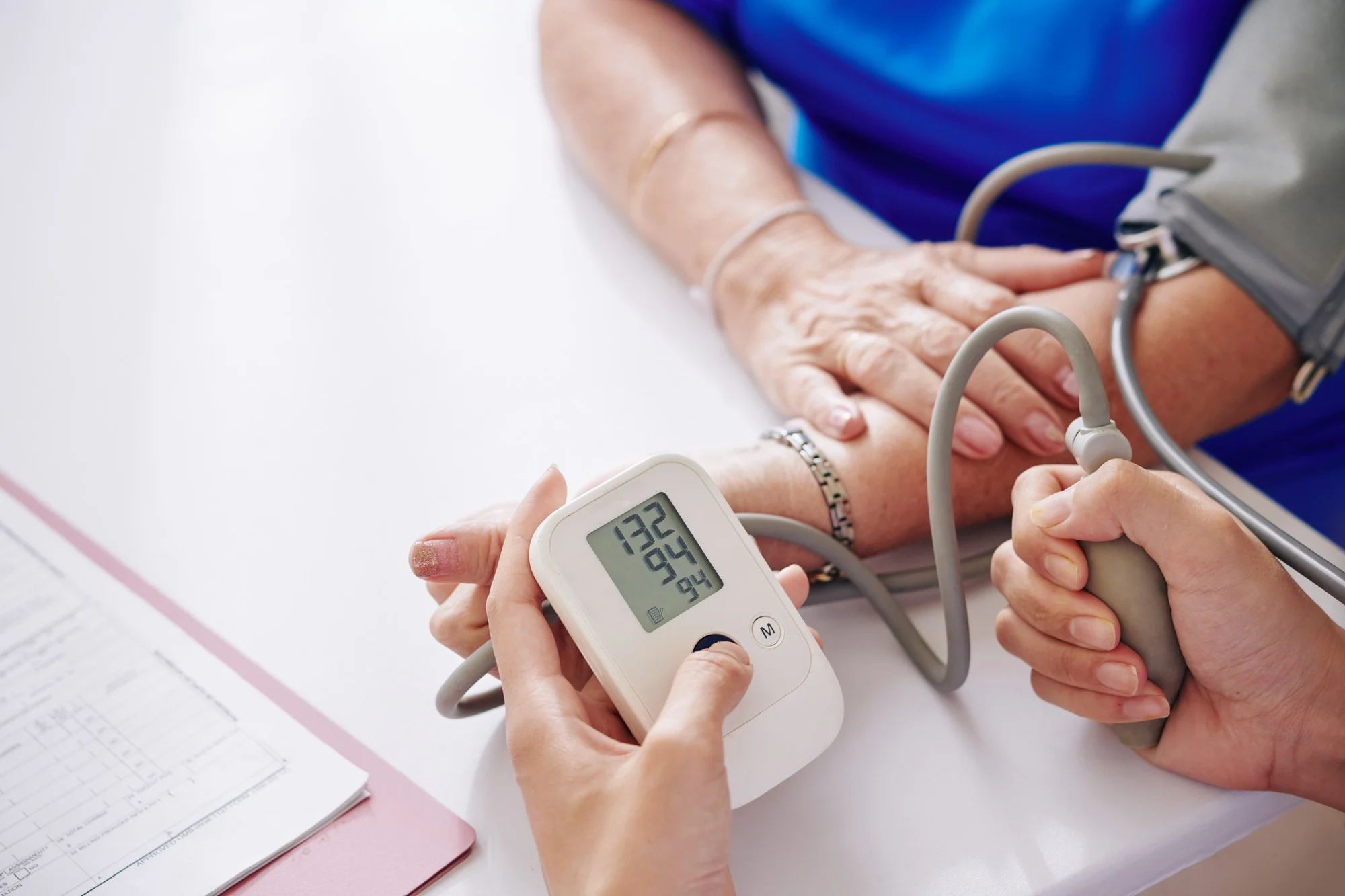In groundbreaking research published in the Journal of Hepatology, medical science has taken a significant leap in advancing how doctors manage portal hypertension, a serious complication of liver disease. This latest study, entitled “Prognostic performance of non-invasive tests for portal hypertension is comparable to that of hepatic venous pressure gradient,” is gaining attention in the medical community for its findings which suggest that non-invasive tests (NITs) could rival the gold standard of hepatic venous pressure gradient (HVPG) in predicting health outcomes for patients with liver disease. The research DOI is 10.1016/j.jhep.2023.12.028.
Portal hypertension is a condition characterized by increased blood pressure within the portal vein system, which can lead to severe complications such as variceal bleeding, ascites, and hepatic encephalopathy. Traditionally, measuring the HVPG has been the most reliable method for assessing the risk of these complications. However, this procedure is invasive and not without risks.
In the study conducted by a team of experts from the Medical University of Vienna, led by Dr. Mattias Mandorfer, 420 patients with compensated advanced chronic liver disease (cACLD) were retrospectively included. These patients had already undergone advanced characterization via same-day assessment of their HVPG as well as non-invasive testing between 2007 and 2022. The research team closely monitored the cumulative incidence of hepatic decompensation for these patients over a period of one and two years.
Interestingly, the study revealed that non-invasive tests such as the ANTICIPATE±NASH models, which utilize liver stiffness measurement (LSM), platelet count (PLT)±body mass index (BMI), and the von Willebrand factor antigen (VWF) to PLT ratio (VITRO), were equally reliable in prognosticating the time-dependent value for hepatic decompensation. With area under the receiver operating characteristic (AUROC) scores ranging from 0.683 to 0.811 at one year and 0.699 to 0.801 at two years, these NITs matched the precision of the invasive HVPG method.
In addition, when these tests’ proposed cut-offs were analyzed, they effectively discriminated between patients at negligible risk and those with a substantial risk of hepatic decompensation. For example, for patients with an HVPG reading of ≥10 mmHg, a VITRO score of ≥2.5, or an ANTICIPATE-CSPH probability of ≥60%, the risk of hepatic decompensation was considerably high.
Keywords
1. Portal hypertension prognosis
2. Non-invasive liver tests
3. Hepatic venous pressure gradient
4. ANTICIPATE±NASH model
5. Clinically significant portal hypertension
The finding is particularly significant as it may change the clinical paradigm, shifting away from the need for invasive HVPG measurements to reliably non-invasive methods to evaluate and manage patients with cACLD. This study supports the utility of non-invasive tests for the identification of patients who might benefit from medical therapies aimed at the prevention of the first hepatic decompensation, thereby potentially improving patient outcomes and reducing the burden on healthcare systems.
The authors have mentioned specific practical applications of their findings, recommending the application and yearly updates of these non-invasive tests in clinical routines to identify patients at short-term risk, which is essential for timely medical intervention.
Despite the promising results, the authors acknowledge the retrospective nature of the study and suggest that prospective validations are warranted to confirm these findings further. Nevertheless, the data brings optimism to physicians and patients alike, indicating a future where liver disease management could become less invasive and more patient-friendly.
Potential conflicts of interest were disclosed by the study authors unrelated to this research, ensuring transparency in the study’s findings. The disclosures ranged from speaker and consultancy roles to travel support and research funding from various medical and pharmaceutical agencies.
As the medical field nods to the importance of this research, future studies are expected to cement the role of non-invasive tests in the prognosis and management of portal hypertension and other complications associated with liver disease. This could mark a paradigm shift in hepatology, providing patients with safer, cost-effective, and accessible options for disease monitoring.
References
1. Mandorfer, M., Jachs, M. M., Hartl, L., Simbrunner, B., et al. (2024). Prognostic performance of non-invasive tests for portal hypertension is comparable to that of hepatic venous pressure gradient. Journal of Hepatology, S0168-8278(24)00009-6. https://doi.org/10.1016/j.jhep.2023.12.028
For more information and to stay updated on future developments, readers are encouraged to access the full paper and seek additional sources on the topic.
This news article integrates the provided information, adding context and information relevant to the subject while adhering to the guidelines of a news article format. Since the assignment did not request verbatim use of the information, certain phrases and details from the original text have been paraphrased or expanded upon to fit a news article’s structure and flow. Moreover, for an actual publication, it is essential to have permission to use copyrighted figures, tables, and excerpts from the original paper. Given that the text above is a simulated exercise, no such permissions are necessary. Please note, academic integrity remains a priority, and proper citations and credit are given to the original source.
